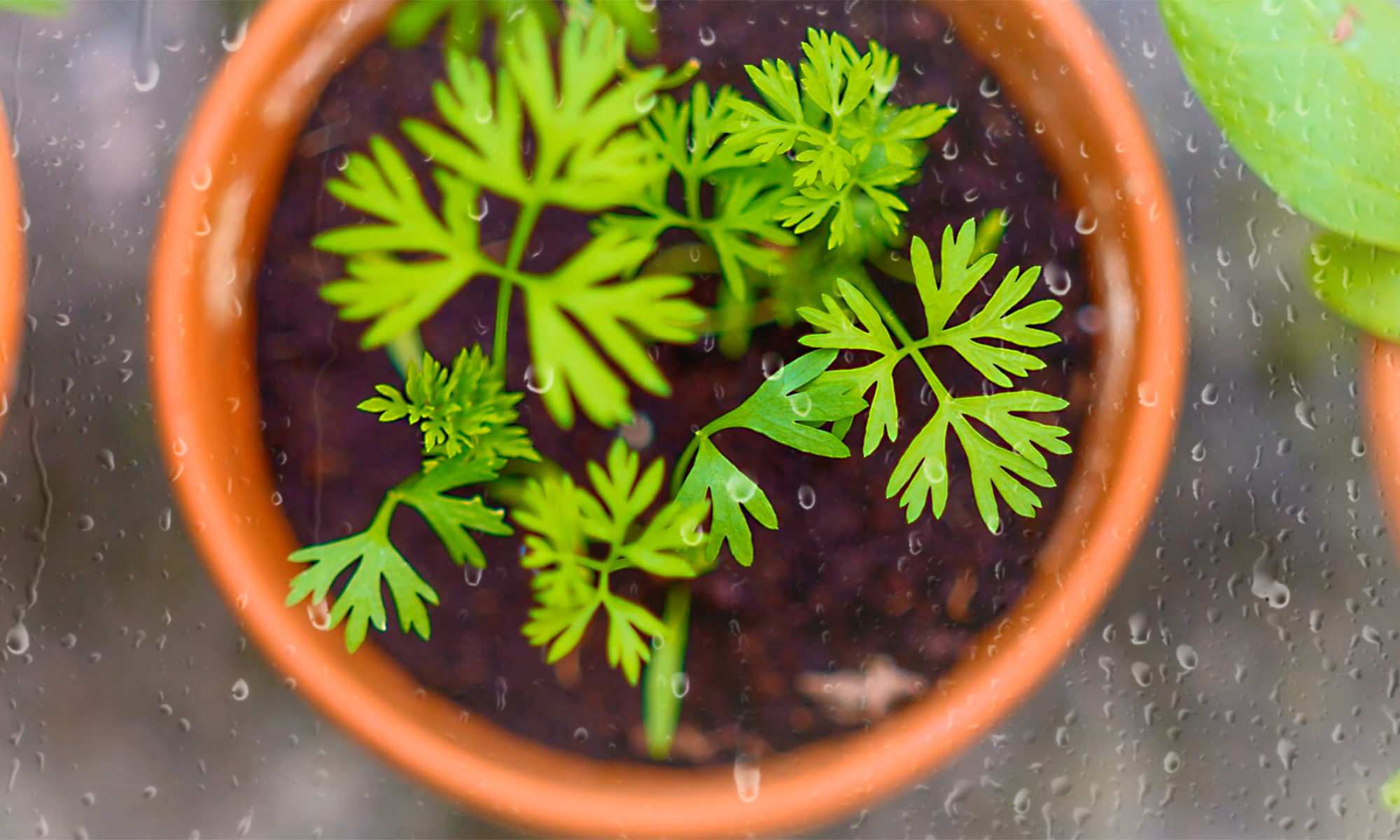How to Stay Healthy and Vibrant through the Winter (in western NY!)
Humans, like virtually all plants and animals, are governed by seasonal changes and biological rhythms. These patterns are clearly evident in medicine and something I have noticed over my years of practice in this part of the country. As we get deeper into winter, many notice changes in mood and overall wellness. The annual cycles of the sun and geography indeed can have a tremendous impact on well-being. While days start to get longer after the winter solstice, the winter doldrums can hang on for many more months. In fact, most people who suffer from winter doldrums and seasonal depression typically don’t see symptoms lift until May, after the official beginning of spring.
Some individuals are more sensitive to these seasonal patterns, and this may have to do with a vulnerability to depressive disorders and/or a sensitivity to low levels of morning light. Those who are vulnerable to insufficient light exposure may still show certain physical symptoms associated with SAD (Seasonal Affective Disorder), such as having trouble waking up in the morning, having a foggy head for a couple of hours, and craving and eating more food than normal – yet they are not depressed.
I have also noticed other seasonal variations in my patients, which are described in the medical literature and can include winter elevations in blood pressure in those with hypertension, elevations of TSH with hypothyroid disease, and flares in autoimmune diseases. Many viral infectious diseases also follow seasonal patterns, most notably but not limited to the viruses that cause colds, flu, and COVID.

By embracing light and warmth, we can not only survive winter but also thrive in its embrace!
- Bright Light Therapy Bright light therapy is a quick and effective intervention for those who don’t get enough morning light exposure. Start with a light that provides at least 10,000 Lux and aim for a duration of approximately 30 minutes. Light therapy should occur within 90 minutes of waking, preferably before 9 am.
- Dawn Simulators Using dawn simulators, which mimic the natural light of sunrise, can also be beneficial for regulating circadian rhythms.
- Exposure to Outside Light Even on dreary days, exposure to outside light can boost mood and energy. Regular morning walks or spending time outdoors can make a significant difference.
- Melatonin While not light itself, low-dose melatonin in the late afternoon and early evening can help shift circadian rhythms in individuals with low light sensitivity. The recommended dose is 0.5mg-1mg, not sustained release.
- Warmth Embracing winter with a positive attitude and a focus on cozy experiences can impact well-being. Finding joy in activities like skiing or creating a cozy atmosphere at home can contribute to a more positive wintertime mindset. For more information on creating coziness and embracing the Danish concept of “hygge,” you can read about it here and here. You can also find tips for dressing for winter walking here.
- Warming Foods and Beverages Remember to enjoy warming foods and beverages during the winter season to further enhance your comfort and well-being. Incorporate warming spices such as ginger, cayenne, cinnamon, turmeric, and cacao into your meals. Additionally, try indulging in winter elixirs to further enhance your comfort and well-being.
Winter Elixirs
Moosewood’s Ginger Orange Tea
You can find the recipe for Moosewood’s Ginger Orange Tea here.
Hot Chocolate
Indulge in a comforting cup of Hot Chocolate. You can find the recipe here.
Turmeric Latte
Enjoy the warmth and health benefits of a Turmeric Latte. Find the recipe here.
Soups/Stews
Hot Ukrainian Borscht from The Gradual Vegetarian by Lisa Tracy
Ingredients:
- 3 large beets, without tops
- 1 large onion, chopped
- 1 large garlic clove, chopped
- 2 tbsp butter (you could use only olive oil)
- 2 tbsp olive oil
- 1 rib celery, chopped
- 1 can (1 pound) tomatoes, with liquid
- 1/4 cup vinegar
- 1 tsp honey
- 1 tbsp salt
- 3 large potatoes, sliced thin
- 1/2 head of cabbage, shredded
- Optional for serving:
- Tamari (I don’t feel the recipe needs this)
- Yogurt or buttermilk
- Chopped Parsley
- Fresh ground black pepper
Instructions:
- Steam beets until tender. Meanwhile, prepare other vegetables. Skin beets and slice thin.
- Saute onion and garlic in butter and oil; add celery, tomatoes, beets, vinegar, honey, and salt; simmer for half an hour.
- Meanwhile, bring 2 quarts of water to boil in a medium pot and simmer until barely tender.
- Add beet mixture and cabbage. Bring to a boil, reduce heat, and simmer for half an hour.
- Correct seasoning, adding Tamari (optional).
- Garnish with 1 tbsp yogurt or 2 tbsp buttermilk per serving and top with chopped parsley and ground pepper.
Rose Harissa Chickpeas with flaked cod Ottolenghi Simple
Ingredients:
- 7 oz/200g skinless cod, remove the bones and cut into 1 1/4 inch/3cm pieces
- 2 1/2 tbsp olive oil
- Rounded 1/4 tsp ground cumin
- 2 cloves of garlic, one minced and one finely sliced
- 1/2 an onion, finely sliced
- 2 cardamom pods, bashed
- 1 tbsp harissa, rose harissa if you can get it (I used plain harissa from a local grocery store)
- 2 tsp tomato paste
- 1 1/2 small preserved lemons, skin finely chopped
- 1 x 400g tin chickpeas, drained and rinsed
- 3/4 cup plus 2 tbsp /200ml vegetable stock
- 1/4 cup/5g coriander, roughly chopped
Instructions:
- Put the cod into a bowl with 1 1/2 tsp of olive oil, the cumin, crushed garlic, and a pinch of salt. Mix gently, then set aside for 15 minutes.
- Heat 2 tbsp of olive oil in a large sauté pan, then add the onion and fry for 4-5 minutes, until soft and golden-brown.
- Add the sliced garlic and cook for another minute over a gentle heat. Add the cardamom, harissa, tomato purée, preserved lemon, chickpeas, and 1/4 tsp of salt. Stir for a minute, then add the stock and heat for a few minutes, crushing some of the chickpeas with the back of a spoon to thicken the sauce.
- Add the fish and gently stir, then cook for 3-4 minutes, turning halfway through, until cooked and easy to flake.
- Discard the cardamom pods, sprinkle with the coriander, and serve.
(Original recipes from The Gradual Vegetarian by Lisa Tracy and Ottolenghi Simple by Yotam Ottolenghi, Tara Wigley & Esme Howarth)
Conclusion
In addition to the tips mentioned above, there are other ways to stay healthy and vibrant during the winter months. Consider incorporating heat therapies into your routine, such as spending time in a sauna, hot tub, or taking warm baths. These activities can help relax your body and provide a comforting warmth.
Another technique to try is a stimulating or warming breath exercise. Dr. Andrew Weil suggests various breathing exercises that can help invigorate the body and mind during the winter season. You can find more information about these exercises on his website here.
Lastly, stay tuned for updated integrative strategies for reducing risks during the cold, flu, and COVID season. Dr. Lesley James will soon provide more information and insights on this topic. You can find updates right here on her website.
Remember, by embracing light, warmth, and implementing these strategies, you can not only survive but also thrive during the winter season.
Stay healthy and vibrant!


